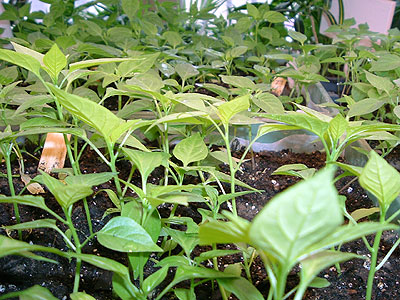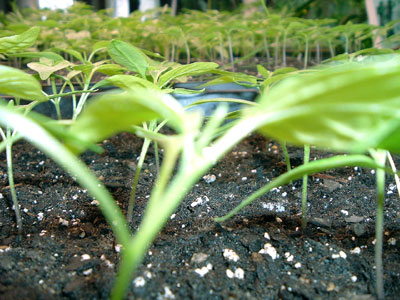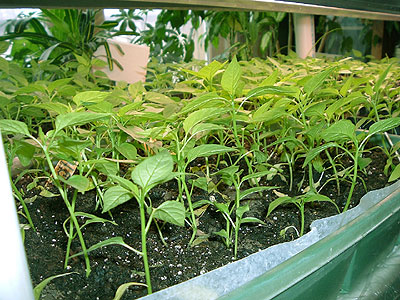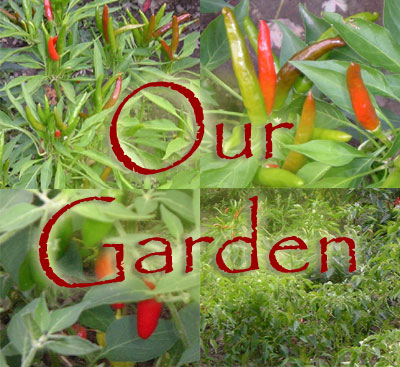
MyBecs, Select, hot, pepper, shakers, home, grown, Michigan, capcaicin, capcaisin, scoville, units, dried, fresh, habanero, cayenne, jalapeno, serrano, thai
Let It Grow!
There is an overwhelming amount of chile varieties out there available to you as a gardener. Many seed companies claim that all varieties grow well everywhere, but this is not true. New Mexican varieties grow better in the southwest while bells and habaneros grow better in other regions.

Compost? Yes! One key to growing chiles successfully is adding compost. This improves workability, water-holding capacity, drainage, and fertility.
Seed Germination: Even under optimal conditions this process can be slow and irregular. Chile seeds need warmth, oxygen, and moisture to germinate. Higher germinations rates occur between 70° & 80° F, while faster germination occurs between 90° & 100° F. Soaking seeds for 2-3 days can also speed germination.
Fertility: Most gardeners can grow beautiful chiles by simply adding compost and aged manure to their existing soil conditions. However, you will have to enhance the soil further if it is mostly clay or is overly sandy in order to gain the appropriately balanced mix (compost, compost, compost).

Harvesting the Seeds: Chiles are usually considered to be a self-pollinating crop, however, within species, will readily cross-pollinate. If you're planning to save seeds, take measures to protect your plants from cross-pollination.
Flower and fruit development: The key to flower set is nighttime temperature, which ideally should be between 65° and 80° F. Fruit set is enhanced by increased sunlight. However, fruit will not set when night temperatures are above 86° F. Some varieties will take 130 days or more to complete maturation.

Helpful Hints:
- Select early maturing varieties.
- Start seed indoors 8 to 10 weeks before the last expected frost.
- Before transplanting to a garden, harden off your seedlings by exposing them to outdoor temperatures (not freezing) for increasingly longer periods of time each day.
- Transplant when daytime temperatures average 70° F and nighttime are around 55° F.
- Soil pH should be 6.5 and use of a balanced fertilizer is recommended (5-10-5 or 10-10-10, go easy on the Nitrogen)
- Water during dry spells, at least 2 inches a week, especially after fruit set.
